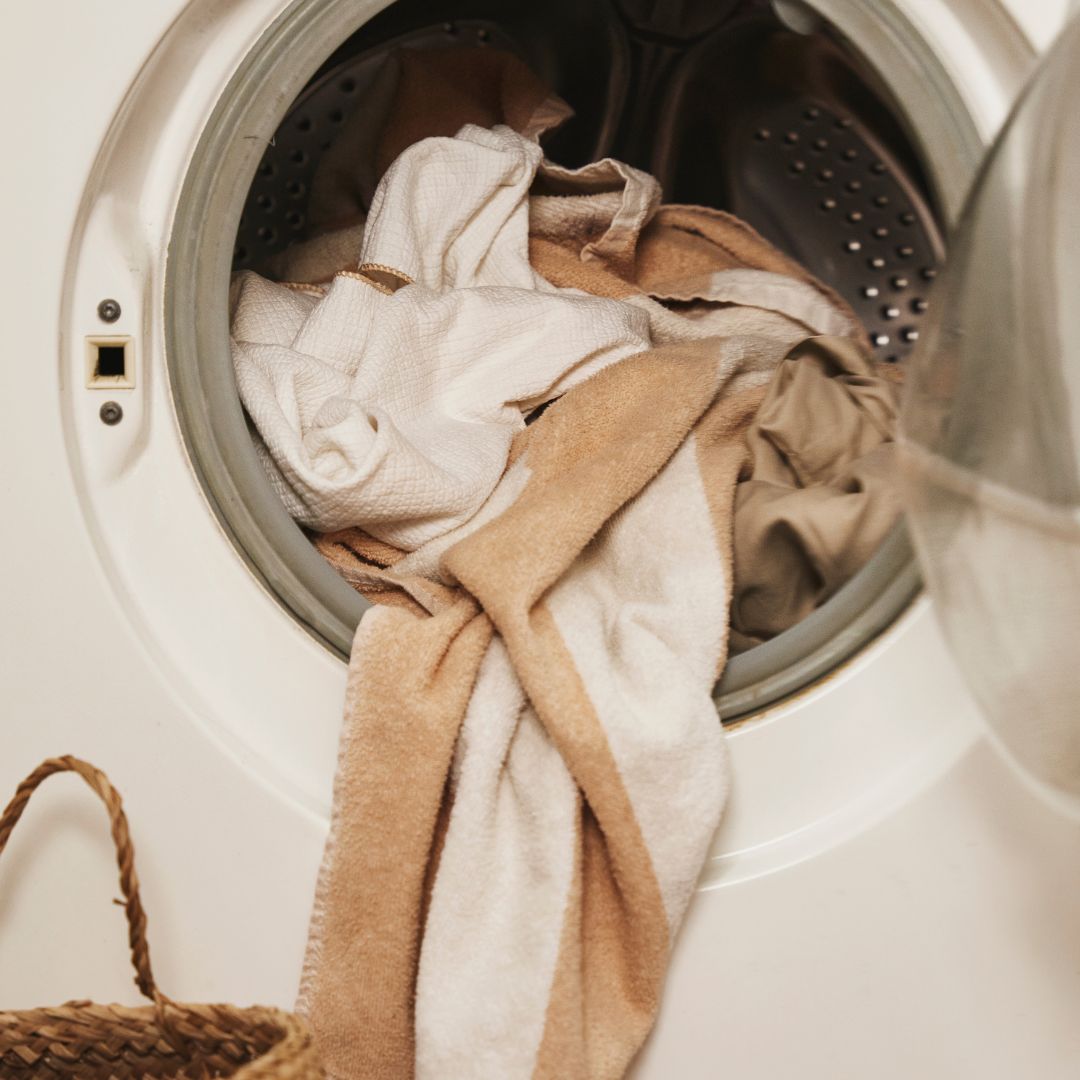Doing laundry may seem like a straightforward task, but there are plenty of misconceptions floating around that can lead to mistakes and unnecessary damage to your clothes.
From myths about washing temperatures to the best detergents, many people fall victim to laundry myths without even realizing it. In fact, some of these myths have even influenced how laundry is outsourced, with individuals trusting services that may not be using the best practices. In this article, we will break down some of the most common laundry myths and reveal the truth behind them, so you can keep your clothes looking fresh, clean, and in top condition.
Myth #1: Washing Clothes in Hot Water Cleans Them Better
One of the most common laundry myths is that washing clothes in hot water results in cleaner garments. While hot water can help remove stubborn stains, it isn’t always the best choice for every fabric. In fact, hot water can damage delicate fabrics, cause colors to fade, and even shrink certain materials. For most everyday laundry, cold or warm water is just as effective and is gentler on your clothes, helping them last longer. Importantly, maintaining good hygiene doesn’t always require high temperatures—modern detergents are designed to clean effectively at lower temperatures. Additionally, using cold water saves energy and is more eco-friendly.

Myth #2: You Should Always Sort Laundry by Color
While it’s true that sorting laundry by color can prevent dye transfer, it's not always necessary. For example, modern washing machines and detergents are designed to protect clothes from color bleeding, and many garments are pre-washed before they reach the store. In fact, sorting by color may be more time-consuming than it’s worth, especially for casual clothing. However, it’s still a good idea to separate heavily soiled items from your regular clothes to ensure optimal cleaning.
Myth #3: Fabric Softener Is Essential for Soft Clothes
Fabric softeners are often seen as the key to soft, fluffy clothing, but they aren’t always necessary. In fact, fabric softeners can build up on fabrics over time, affecting their absorbency, especially in towels and athletic wear. For soft clothes, you can achieve similar results by using natural alternatives like vinegar, which helps soften fabrics without the buildup. If you do choose to use fabric softener, consider using it sparingly and opt for eco-friendly brands to reduce your environmental impact.
Myth #4: You Should Overload the Washer for Efficiency
It might seem like cramming more clothes into the washing machine would save time and energy, but this is a big mistake. Overloading the washer prevents clothes from moving freely during the cycle, which means they won’t get as clean. It can also strain the machine, potentially leading to repairs down the line. To get the best results, make sure your washer is only filled to about three-quarters of its capacity, allowing clothes to move freely and get a thorough cleaning.
Myth #5: All Laundry Detergents Are the Same
Not all laundry detergents are created equal. Some detergents are specifically designed for certain types of fabrics or for delicate items, while others are meant for tough stains. Choosing the right detergent for your laundry load can make a significant difference in how clean your clothes are. For instance, using a detergent designed for delicates can prevent fabric damage, while a stain-fighting formula can help eliminate tough spots on your clothes. Always check the label for specific recommendations.
Myth #6: You Should Always Dry Clothes in a Dryer
While dryers are convenient, they aren’t always the best option for every type of clothing. Delicate fabrics such as silk, wool, and lace can shrink or get damaged in the dryer. Air-drying or line-drying these fabrics is a gentler option that helps preserve their shape and integrity. Additionally, dryers use a lot of energy, so if you’re looking for an eco-friendly alternative, consider drying clothes naturally, especially when the weather is warm.
Myth #7: Washing Clothes with Zippers Open Is a Bad Idea
Many people believe that leaving zippers open when washing clothes can damage the fabric, but this isn’t true. In fact, leaving zippers open prevents them from catching on other clothes and causing snags. However, it’s still a good idea to zip up any items that might get tangled in the washing machine, such as jackets with zippers or velcro. To prevent wear and tear on your clothes, consider placing them in a laundry bag before washing.

Myth #8: Washing Clothes Frequently Causes More Wear and Tear
Washing clothes frequently can cause them to lose their shape or become worn out over time, but this depends on the fabric and washing method. Clothes made from durable fabrics like cotton or polyester can withstand frequent washing, while more delicate materials may need special care. To extend the life of your clothes, wash them in cold water, use gentle cycles, and avoid washing them too often unless absolutely necessary. Spot cleaning is a great alternative for removing minor stains without having to throw clothes in the wash.
Final Thoughts
Laundry myths are easy to fall for, but knowing the facts can help you take better care of your clothes, save time, and reduce your environmental impact. Whether you’re washing clothes at home or using a professional laundry service in Bangkok, remember to debunk these common myths and make the best decisions for your clothing. With the right knowledge and a little attention to detail, your clothes will stay fresh and last longer, no matter how often you wear them.



